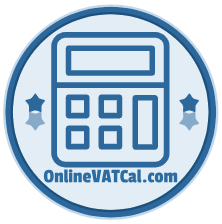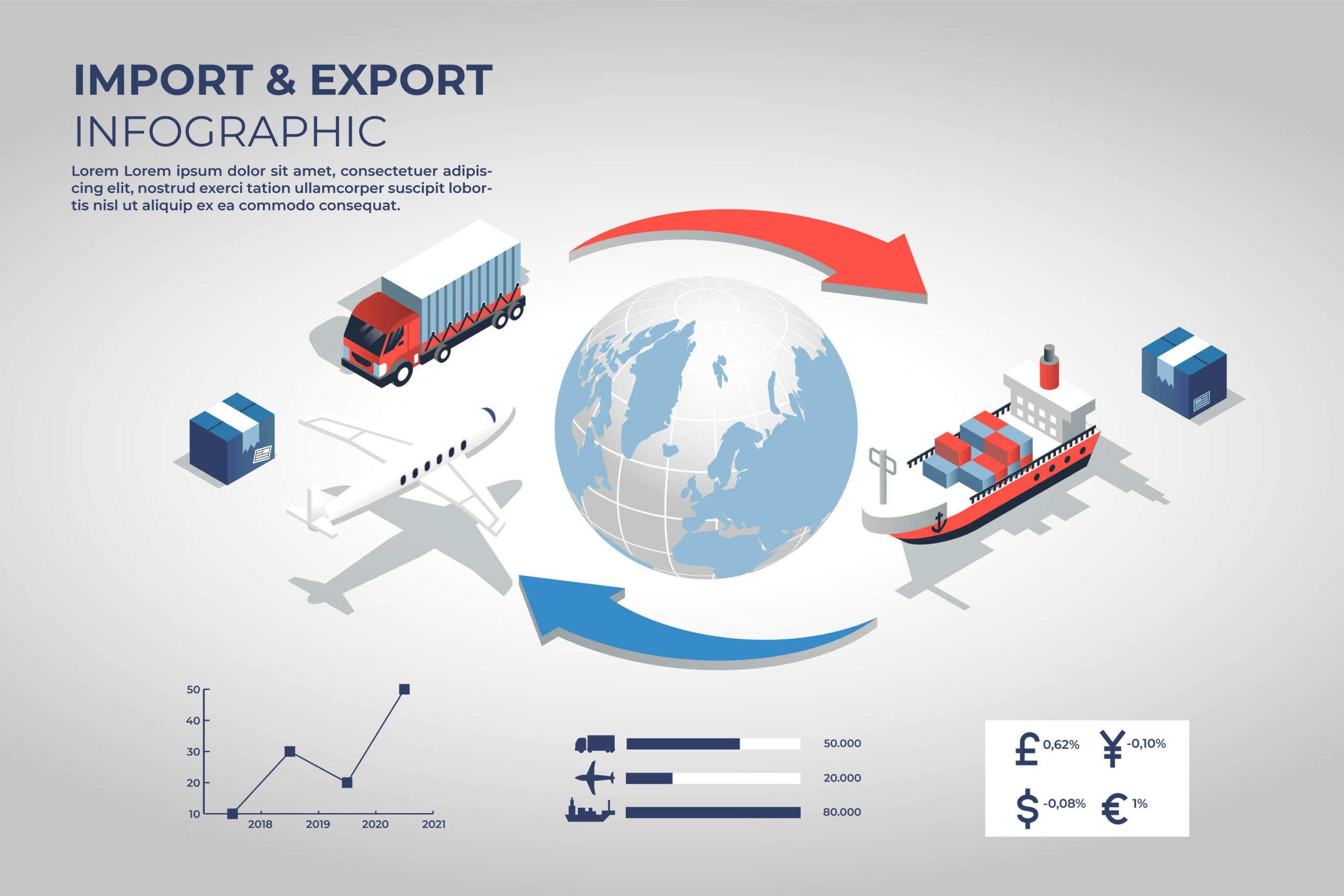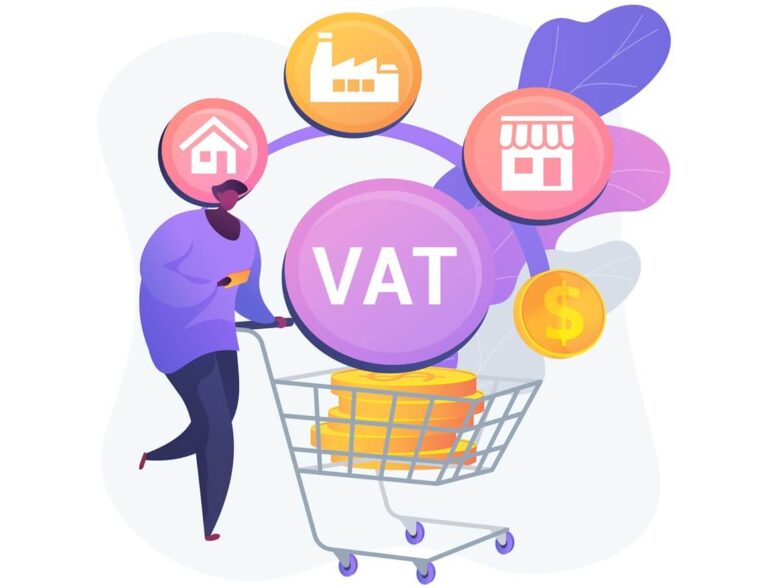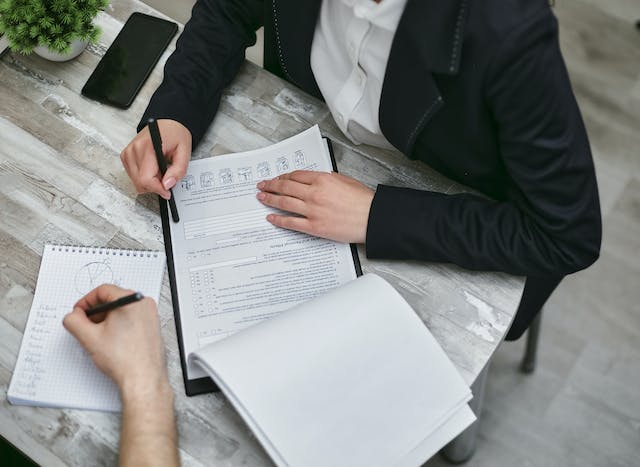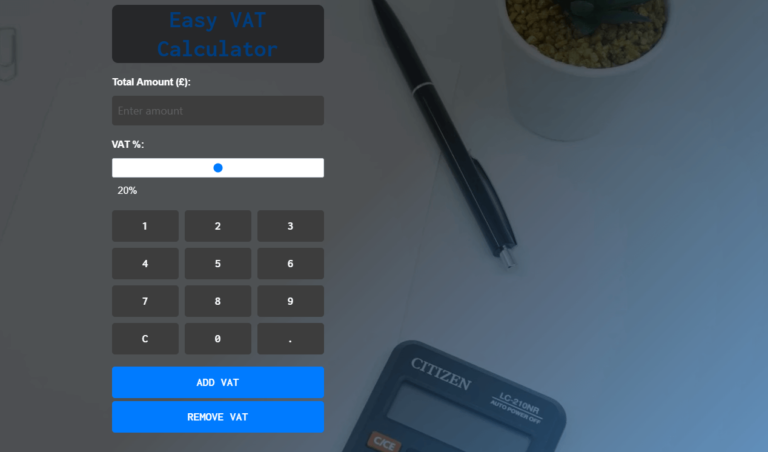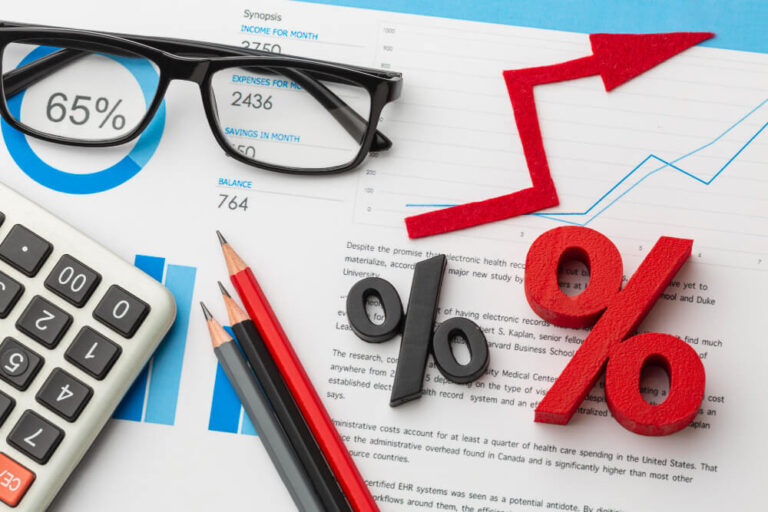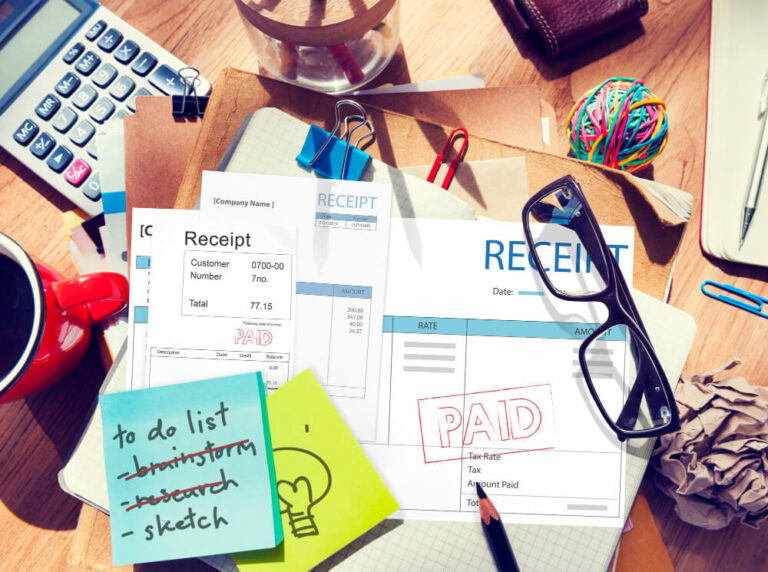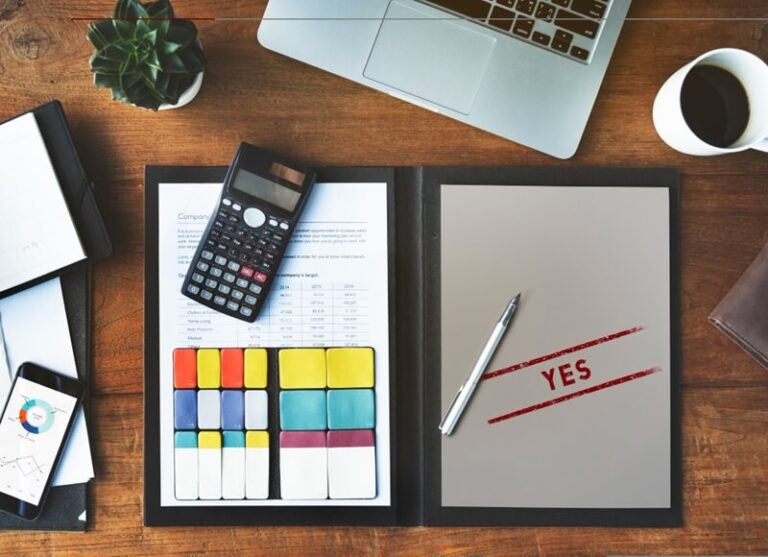VAT and International Trade: Import, Export, and Cross-Border VAT Rules
When trading goods and services across international borders, Value Added Tax (VAT) obligations become complex very quickly. Each country has its own VAT registration thresholds, rates, and requirements that must be navigated for smooth cross-border commerce. This guide examines the key VAT considerations around imports, exports, and foreign trade between businesses.
VAT on Imported Goods
When goods are imported into a country from an overseas supplier, the importer is responsible for paying the applicable VAT to the tax authority. This is because VAT is charged based on the country of final consumption rather than production.
For example, if a retailer in the UK imports electronics from China worth £500,000, it must account for VAT on the full import value at the UK rate of 20%.
£500,000 x 20% = £100,000 in import VAT payable to HMRC.
This VAT can potentially be recovered later by the importer on their VAT return, but the upfront cost can hurt cash flow. The appropriate import documentation like customs declarations must be maintained as part of the importer’s VAT records.
VAT on Imported Services
Cross-border services like consulting and digital services also attract local VAT when ‘imported’. For example:
- UK manufacturing firm pays £30,000 to a US digital marketing agency for advertising services
- As a business-to-business overseas service, UK VAT at 20% applies
- So import VAT of £30,000 x 20% = £6,000 must be accounted for to HMRC
For services, it is the recipient’s responsibility to pay the applicable VAT in their country. Overseas suppliers may still need to register locally in some cases if they meet registration thresholds.
VAT Relief on Imported Goods
There are some permitted exemptions from import VAT under specific circumstances:
- Temporary import relief – No import VAT if goods are later re-exported within a defined timeframe. Common for trade show goods. Needs authorization and proof of eventual export.
- Customs warehousing – Goods can be stored before release to the market without paying import VAT upfront. VAT is accounted for when goods are taken from the warehouse.
- Inward processing relief – No VAT on imports that will undergo manufacturing in domestic customs territory and be re-exported. E.g. raw materials imported for processing.
VAT on Exported Goods
Exports are free from VAT as the goods are sold and consumed in another territory. To prove a genuine export sale along with export documentation:
- Goods must physically leave the country of export.
- There must be evidence showing the exporter and overseas buyer are separate taxable parties – so no sham sales to associated offshore companies.
This allows the exporter to zero-rate supplies on their VAT return.
VAT Refunds for Exporters
Businesses that purchase goods and services to produce products for export can reclaim the input VAT they incurred.
For example, a UK manufacturer exporting clothing to Europe can recover the VAT paid on fabrics, packaging, storage and other costs related to the exported clothing by applying for an export VAT refund.
Strict documentary evidence is required to claim back VAT on business expenses linked to exports.
Accounting for Foreign VAT Charges
It gets tricky when a local business sells goods or services into a foreign country attracting VAT in that market.
For example, if a UK IT firm delivers consulting to a French client for €50,000 plus 20% French VAT (€10,000), it must account for the French VAT without being able to reclaim it.
This is navigated by:
- Issuing a valid French VAT invoice to the client
- Accounting for the French VAT amount as a cost in the UK accounts
- Treating the French VAT as outside the scope of UK VAT
Proper protocols must be followed across import, export, and international client scenarios to accurately handle VAT while minimizing cost and administrative burdens. Consulting a tax specialist is advisable when trading overseas.
UK and EU VAT After Brexit
Following Brexit, the UK no longer participates in the EU VAT area. This has implications for trade between the UK and EU countries.
Key changes include:
- Goods trade now subject to import and export processes and documentation similar to other territories.
- Services also require additional overseas VAT treatment rather than just domestic VAT.
- Delayed VAT accounting and Intrastat reporting replaced by new requirements like VAT on imported goods.
There are transitional measures easing adjustments, but VAT administration has increased. Again, seek expert guidance when trading between the UK and EU.
Summary – VAT Considerations for International Trade
- Imported goods/services liable for local VAT in country of consumption.
- Exported goods can be zero-rated but need proof of export.
- Businesses can reclaim input VAT for expenses linked to exports.
- Foreign VAT on international client invoices must be correctly accounted for.
- Brexit has changed UK-EU trade VAT processes significantly.
Understanding the nuances around VAT imports, exports, and foreign transactions enables businesses to remain compliant, recover optimal input tax, and avoid double taxation when trading internationally.
